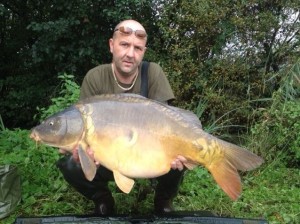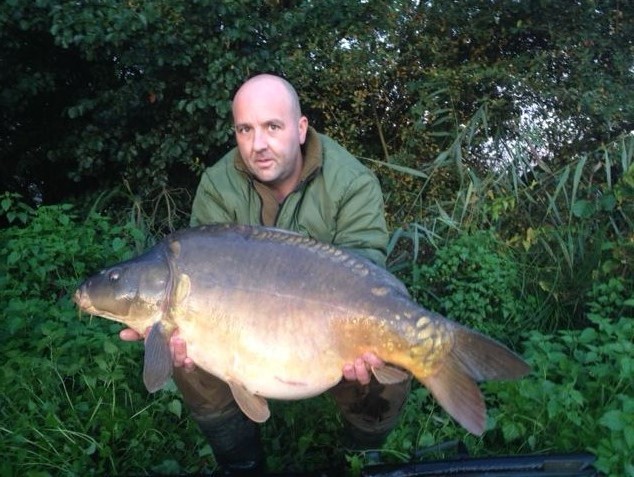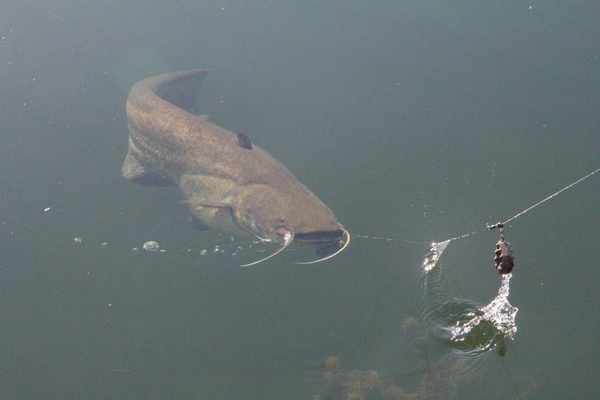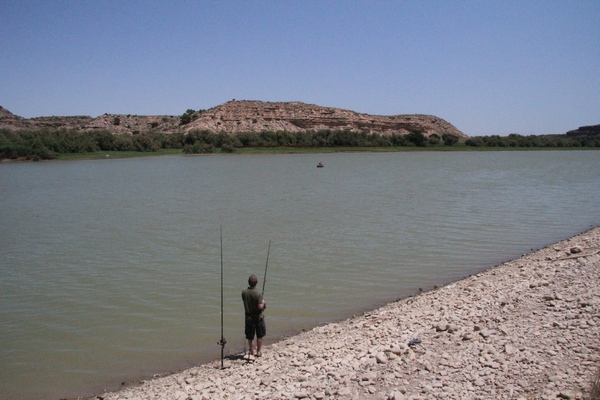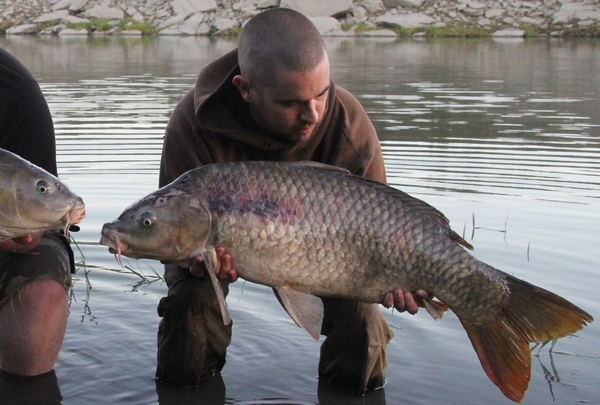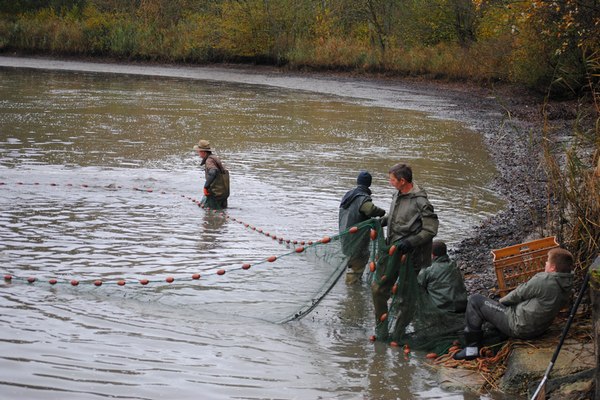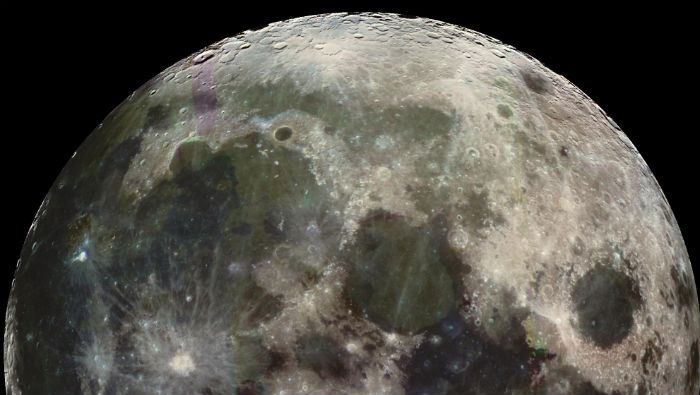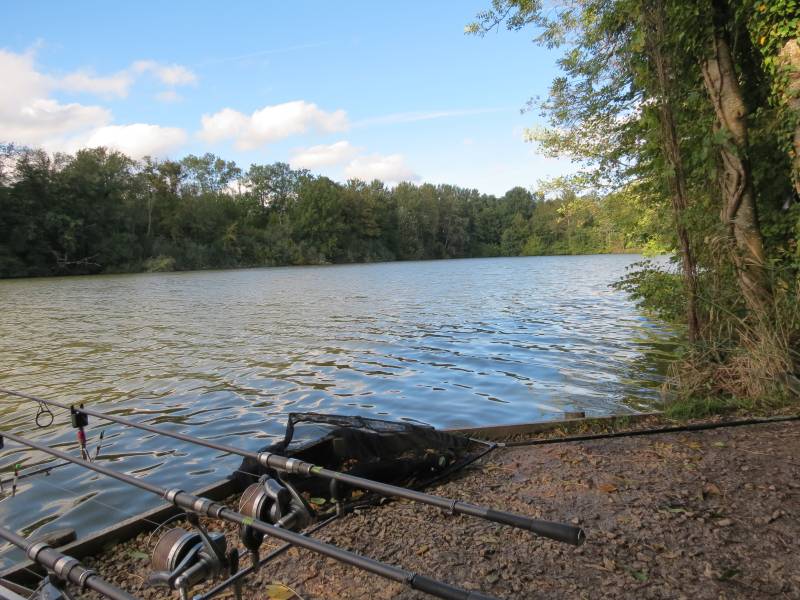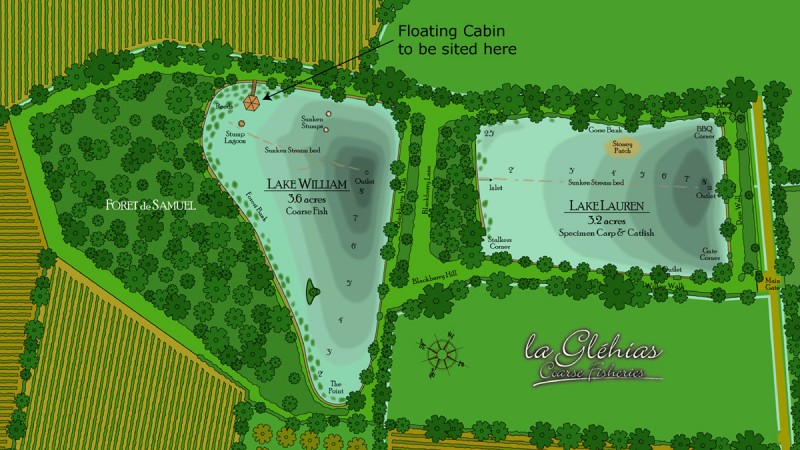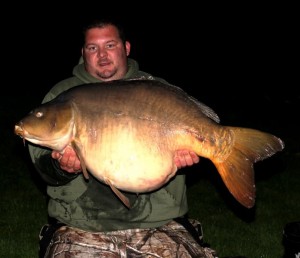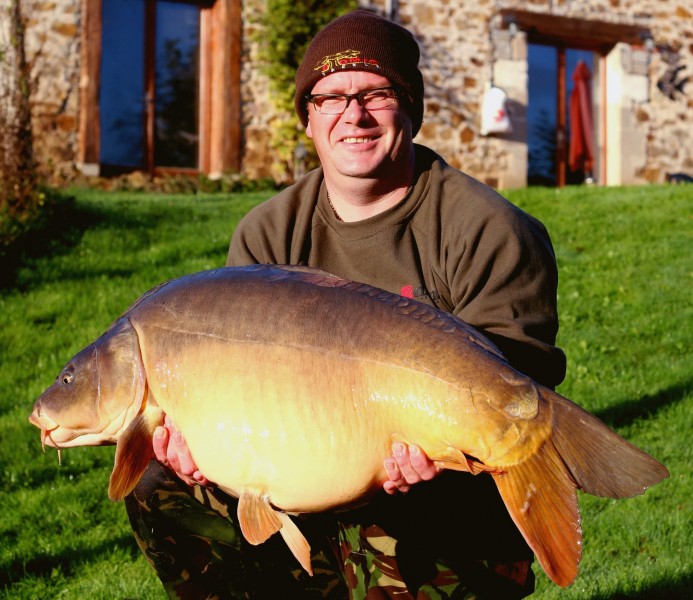After more than a decade of testing the theory and keeping detailed records, I’m convinced you can improve your catch success by being aware of how the moon affects carp behaviour and their feeding.
Have you ever wondered why you can sit by your rods for hours on end with your indicators seemingly “glued” to your rods, and then completely out of the blue, both of your rods scream off at the same time with a carp on the end? What triggers the fish to feed? What causes that uncanny feeling when you feel you are going to get a bite? What follows are my thoughts on what could be part of the explanation.
A lot of anglers will agree, or believe, that the moon and its gravitational pull play some part in fishing. You will often hear anglers talk about their favourite moonphase to fish, whether that is a bright full moon or the dark nights of a new moon. A large part of my fascination with carp fishing is an understanding of why I am successful on some sessions when everything seems to go right, and perhaps more importantly, why there are times when the alarm going off is a somewhat distant memory and I cannot buy a bite.
An article I read some 12 years ago sparked off my interest about the moon and its possible effect on my successes and failures so I did a great deal of research and started keeping detailed records of both the times of my captures and in relation to moonphase and the moontimes within those moonphases. 12 years later and I’ve become a massive believer and developed an approach to my carp fishing which includes this relationship with the moon, which I have no doubt has added to my catches of both numbers and size of the fish I catch.
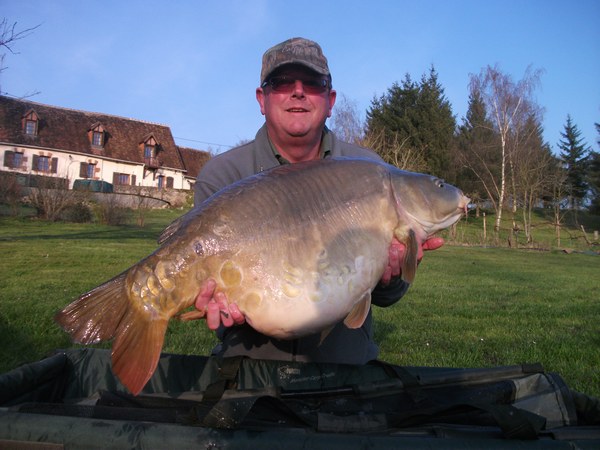
Cracking 43lb 4oz Mirror caught at Bletiere during a H.P moontime
The Moonphases
To set the scene, let me start by giving a brief explanation of the moonphases.
As you are probably aware, there are four moonphases, New Moon, First quarter, Full Moon and Last quarter. In very simple terms, these phases are caused by changing angles (relative positions) of the Earth, the Moon and the Sun, as the Moon orbits the Earth.
- New Moon occurs when the moon is positionedbetween the Earth and the Sun
- At a Full Moon, the Earth, Moon, and Sun are in alignment, just as the New Moon, but the moon is on the opposite side of the earth, so the sunlit part of the moon is facing us
- The First quarter and Last quarter moons happen when the moon is at a 90 degree angle with respect to the Earth and Sun
The gravitational pull of the moon, and therefore potentially the biggest effect on our fishing, is on or around 2 days each side of each moonphase. For example, the most recent New Moon was on the 3rd November, therefore the best days for fishing would have been the two days before the New Moon (the 1st and 2nd, abbreviated to NM-1 and NM-2) the New Moon itself (3rd November, NM-0) and the two days afterwards (the 4th and the 5th , NM+1 and NM+2). The same applies for each of the moonphases. The periods in-between are when the moon has less affect and therefore potentially the least productive. That does not mean you will not catch in these times, it’s just that if you want to stack the odds in your favour then ideally you would try to fish during the better periods.

Moon phases
However, that is only one part of the puzzle…
Moontimes
The moon rises and sets just as the sun does, except it does not have a 24 hour cycle like the sun. A moon cycle takes approximately 24 hours and 50 minutes which is key to identifying our best possible times for fishing.
Each moon cycle has a moon RISE, HIGH ORBIT POINT (H.P), SET and LOW ORBIT POINT (L.O). Bearing in mind what I wrote above, these times move by roughly 50 minutes each day. Therefore a RISE, H.P, SET or L.O can be at any time of the day or night depending on the time of the month.
Minor feeding periods occur at RISE and SET for approximately 3 hours, 1 ½ hours before and 1 ½ hours after the RISE and SET times.
Major feeding periods occur at H.P and L.O for approximately 4 hours, 2 hours before and 2 hours after the transit time. At these points, the moon is nearest to the earth and its energies most intense.
You can find out moon RISE, SET and H.P times by finding and downloading the appropriate software off the internet then adjusting to your own time zone. To calculate the L.O transit time, add 12 hours and 20 minutes to the previous H.P time (this is approximate).
To optimise my chances, I aim to be fishing at least 90 minutes before a RISE or SET, and 2 hours before the H.P and L.O transit times. Big carp are most apt to be active at the start and end of feeding periods, or very close to the RISE, SET, or transit times.
One thing to watch for at the start and end of major and minor periods are changes in wind. Wind will often pick up at RISE and SET or drop off completely at transit times. This wind often results in us feeling “positive” and is what could lie behind that “uncanny” feeling we sometimes get moments before we catch. Other things to watch out for coinciding at key points are when you find yourself yawning, hearing dogs barking and other animal noises (fish are not the only creatures to be affected by the moon). Even watching the birdlife on your local water at these times can give you a clue.
Summary
I am not claiming this is the “be all and end all” to improve your catch rates, it just adds another dimension to my carp fishing enjoyment. To me, carp fishing is about trying to get everything as right as possible in order to get the best out of each session and having this information certainly doesn’t do any harm. Next month, I will share with you how I approach my short and long term fishing sessions whilst including this knowledge.
Duncan De Gruchy
